The Internet is full of the undead. The artist duo New Scenario makes them visible — in works that function online, and even offline sometimes.
Zombies are our constant companion. Sociologists argue that we are the diligent zombies of late capitalism, political scientists identified a zombified democracy, while media scientists talk about the zombification of old technology — appliances that still work have a shadowy existence in the cellar. The horror effect zombies have is well known in pop culture. At Dresden Technical University, artist duo New Scenario staged a variation on the zombie apocalypse in 360°.
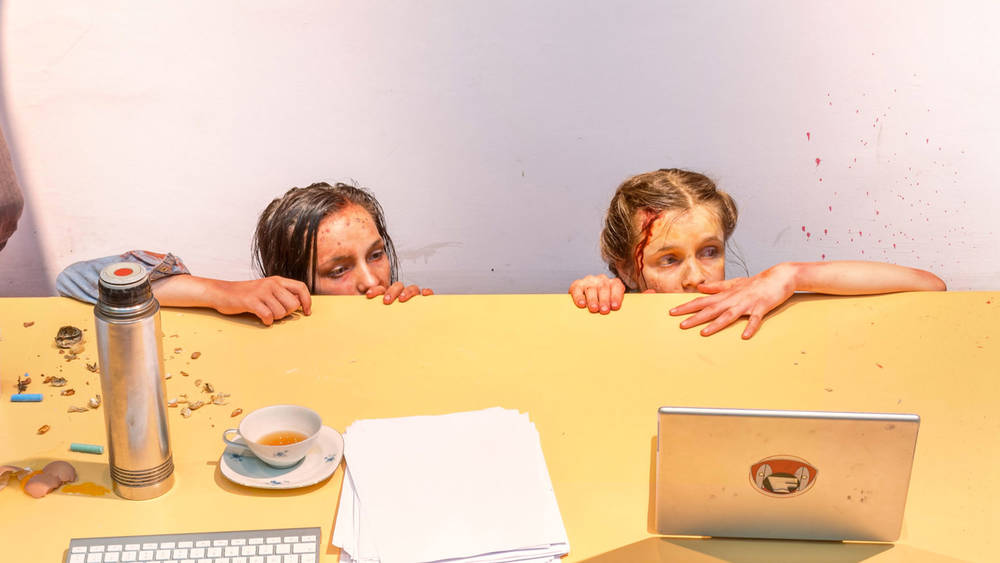
Paul Barsch and Tilman Hornig make up the artist duo New Scenario, and are simultaneously the curators: “Hope” is actually a group exhibition with 14 artists. The venue: the university, at least as a virtual replica, and viewable in the browser. Once you have detected and clicked on the somewhat inconspicuous circular icons, you can navigate from one room to the next. From the lecture theater with zombie students to the lift, from the office where a noose already hangs ready, to the cafeteria. The rooms are full — students vs. zombies. Or everyone vs. everyone, it is difficult to say exactly in the horrible confusion.
The Zombie Apocalypse
Originally, Barsch and Hornig were supposed to develop something for the university exhibition space. “They probably imagined we would do something in the room itself, but we took the entire setting of the uni, and added a twist by making it the venue for a zombie apocalypse,” Paul Barsch narrates. Why precisely that? “Well, we could have cooked up some sort of attack situation, but that would have been too real. We wanted to create a scenario that is extreme, but also as free as possible. The zombie apocalypse can be conceived as a film or drama. And it is deliberately made to look a little staged.” The whole thing was photographed using a 360° camera over a period of six months.
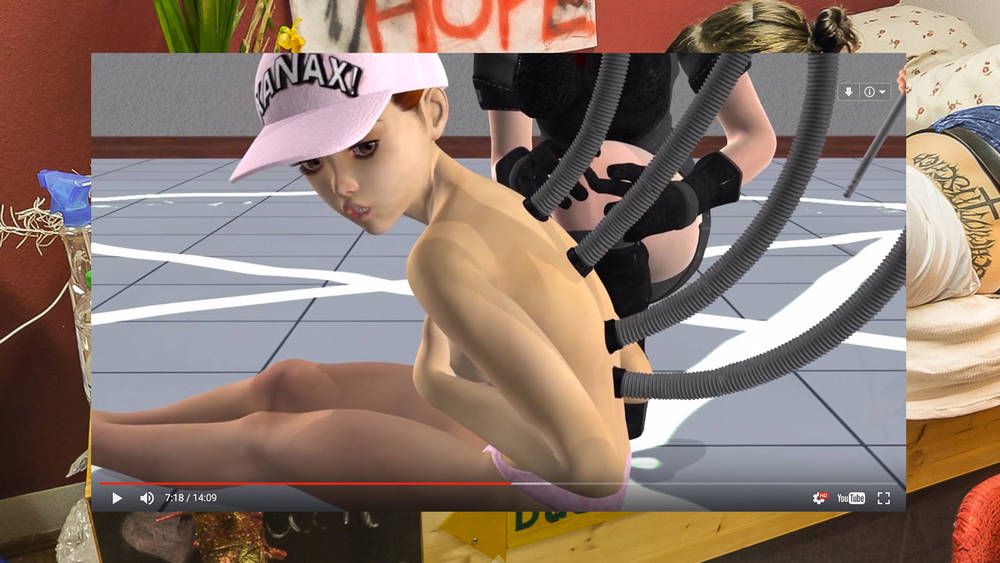
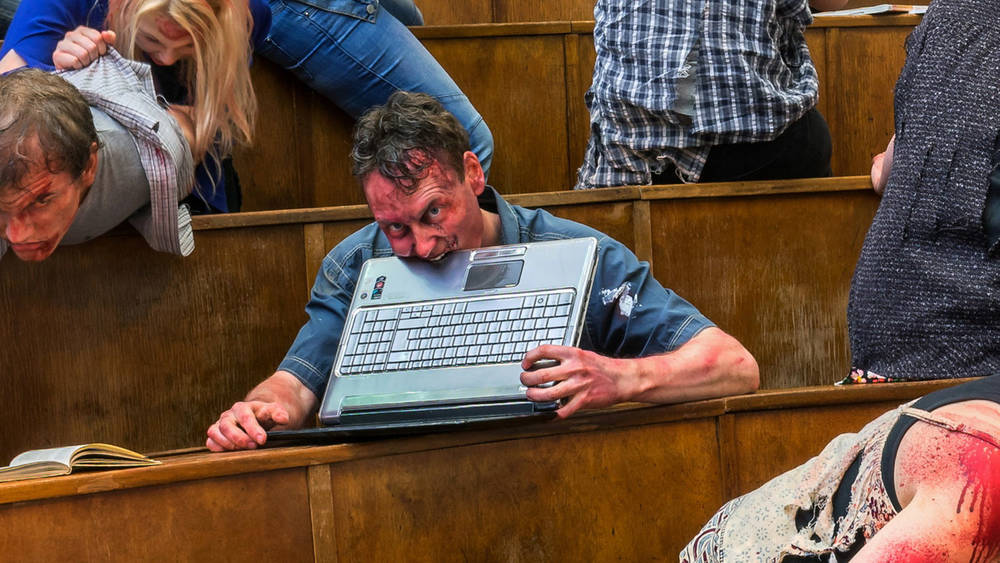
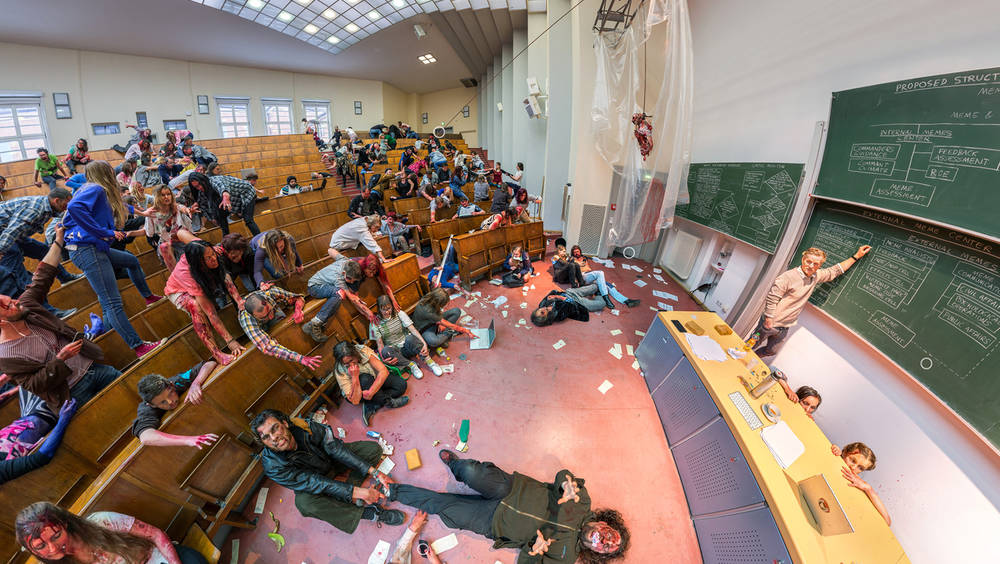
Two things come together in “Hope” — the uni and zombies. Enough to start a teenie horror film rolling in your mind. But what does ‘zombies in the university’ actually mean? The suspicion: “The genre has become popular again, and in our so-called crisis post-apocalyptic settings are gaining in relevance. People are beginning to get ready for the end of the world. There is an entire movement called the Preppers.” A society expecting imminent demise. Luckily, “Hope” is not overly pessimistic. Instead, a cheerful feeling of doom is prevalent everywhere.
Everything you would rather not see on the Internet
Jon Rafman absolutely shares this love for post-apocalyptic scenarios. His video work “Dream Journal (Hope)” is embedded in the 360° environment. Figures, who seem to come directly from a Cosplay parallel universe, wander as if dazed through a roughly rendered computer game world. It seems familiar because it draws on a stock of images we know only too well. And it is alien because Rafman plays cleverly with the viewer’s feelings of disgust. Daniel Keller is also interested in everything you would rather not see on the Internet. His lecture “The Basilisk” on the meme culture of the Alt Right can be experienced in the virtual lecture theater of TU Dresden. Images pass through Internet forums as if through a collectively operated, anonymous machine that assigned meaning. These fragments suddenly crop up again in the mainstream like zombies, except that they are very real and have been reassigned as propaganda instruments of the new right wing in the United States.
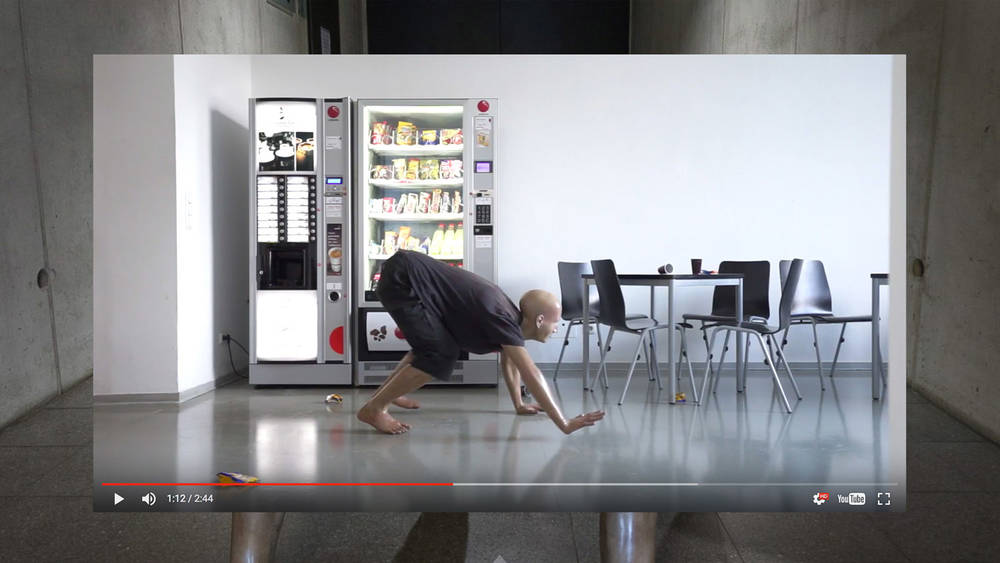
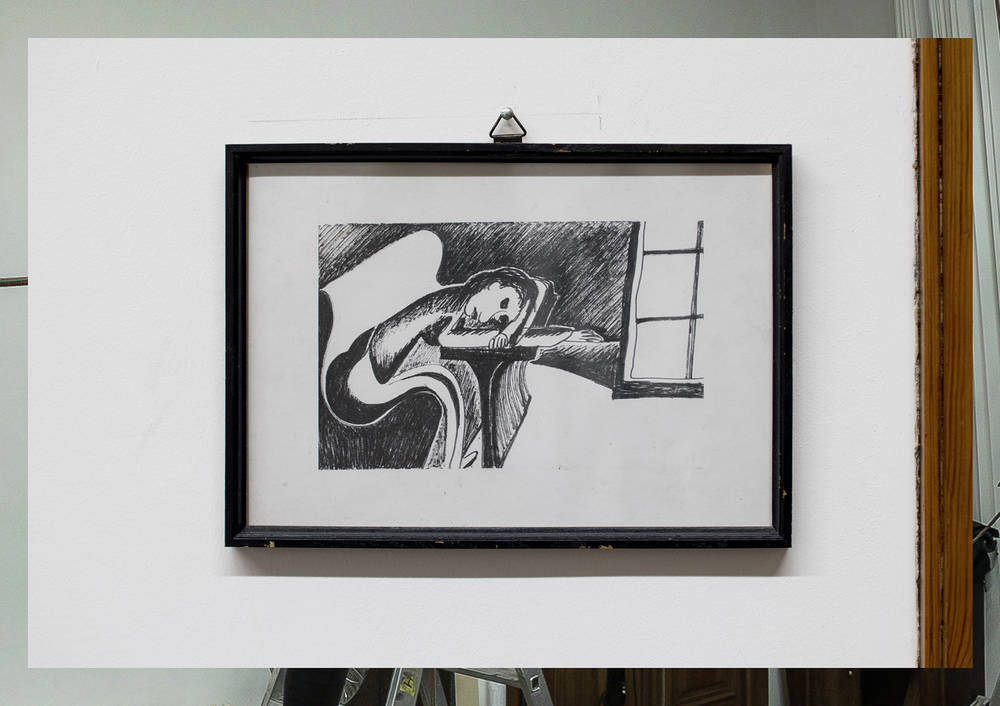
In the piece “Residency”, the duo New Scenario has also availed itself of formats from pop culture. Reality TV, once the epitome of trashy entertainment, is something millennials remember from their own youth, and the artistic treatment of this familiar form is itself virtually a genre in its own right — at the latest since Britta Thies’ series “Translantics” or Ryan Trecartin’s garishly colorful video works. New Scenario also tried its hand at the quasi-genre with the “Residency” project. But what is it actually about? At the beginning of this year eight artists moved for six days to a remote village on Mt. Mariina Skála in the very north of the Czech Republic. In the introduction to the series you see a mountain hut, which would not look out of place in “Twin Peaks”.
The process is the result
One senses overtones of a romantic artist idyll, roughly in the early 19th century. “Oh, absolutely!”, says Paul Barsch. “Caspar David Friedrich also painted there. We deliberately presented the hut in a theatrical manner, while the rest was filmed with a mobile phone and accompanied by generic music. Rather than simply having an exhibition in this small hut on the mountain, we installed a residency there. You seldom see the process that precedes a complete exhibition, for example.” And here it is the other way around — is the process the result? “We shot scenes every day and then immediately posted the video on the Net.”
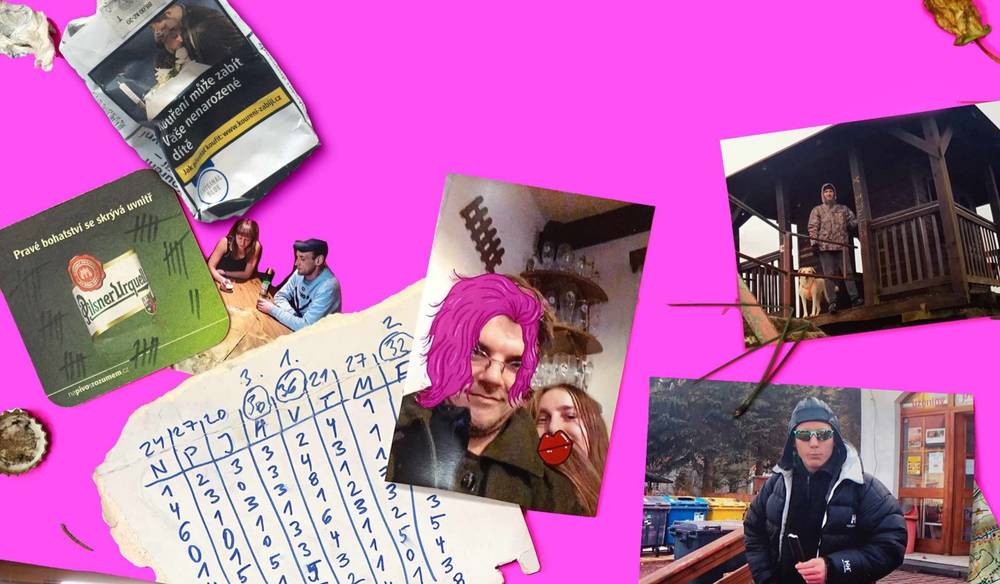
What value does the physical exhibition still have, when all the art is available in the browser? Barsch: “The exhibitions are so designed that they can be looked at via online platforms.” For “Residency” there was a vernissage, “Hope” was accompanied by a small show in the exhibition room of the university. The digital exhibition remains — even though the first attempts appear strange today: “About ten years ago museums began to build up their virtual presence in “Second Life”. And after this hype many online exhibitions still sought to replicate the white cube.” However, images function differently in the digital age. They have their own dynamic — like zombies.
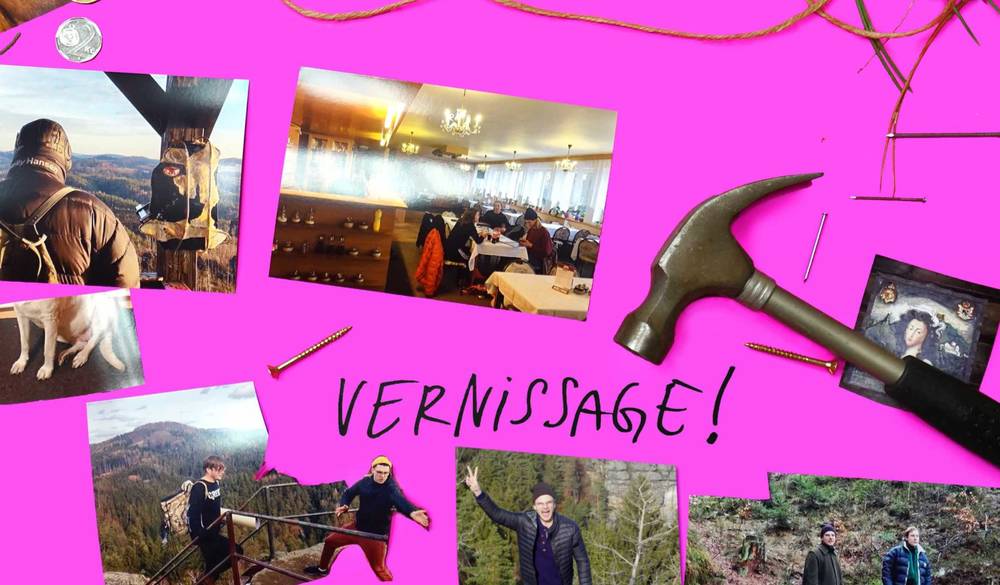

You Get the Picture: On Movement and Substitution in the Work of Lena Henke
The artist LENA HENKE already exhibited in the SCHIRN Rotunda in 2017. What are the secrets of her practice and where can you find her art today?
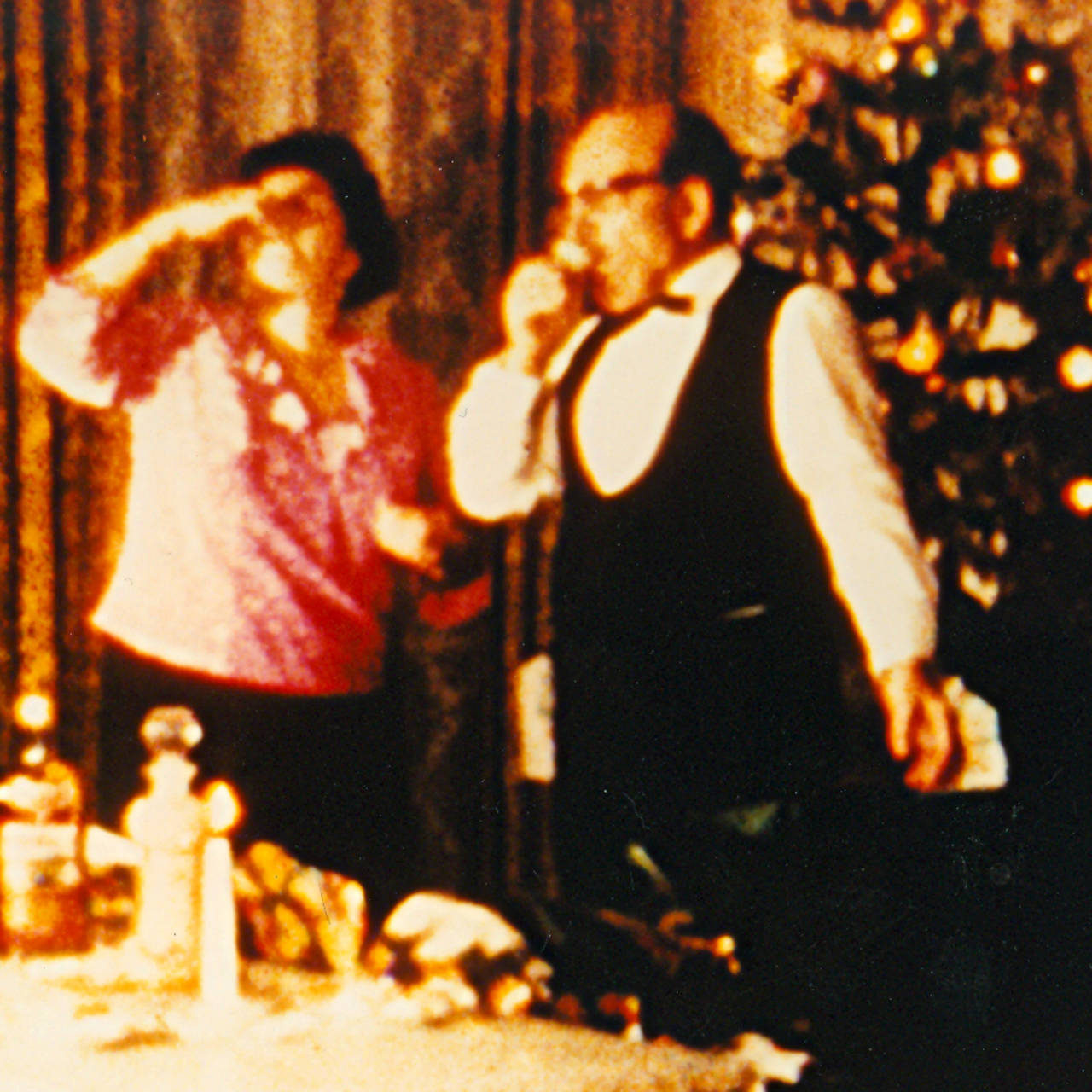
'Have yourself an experimental Christmas'
Bored of watching the same old Christmas films over and over again? Here are some of our favourite experimental films for the festive season.

MOTHER IS MOTHERING. Lesbian motherhood in art
The role of the mother is often described, but most representations are still based on a heteronormative and patriarchal understanding. What does...
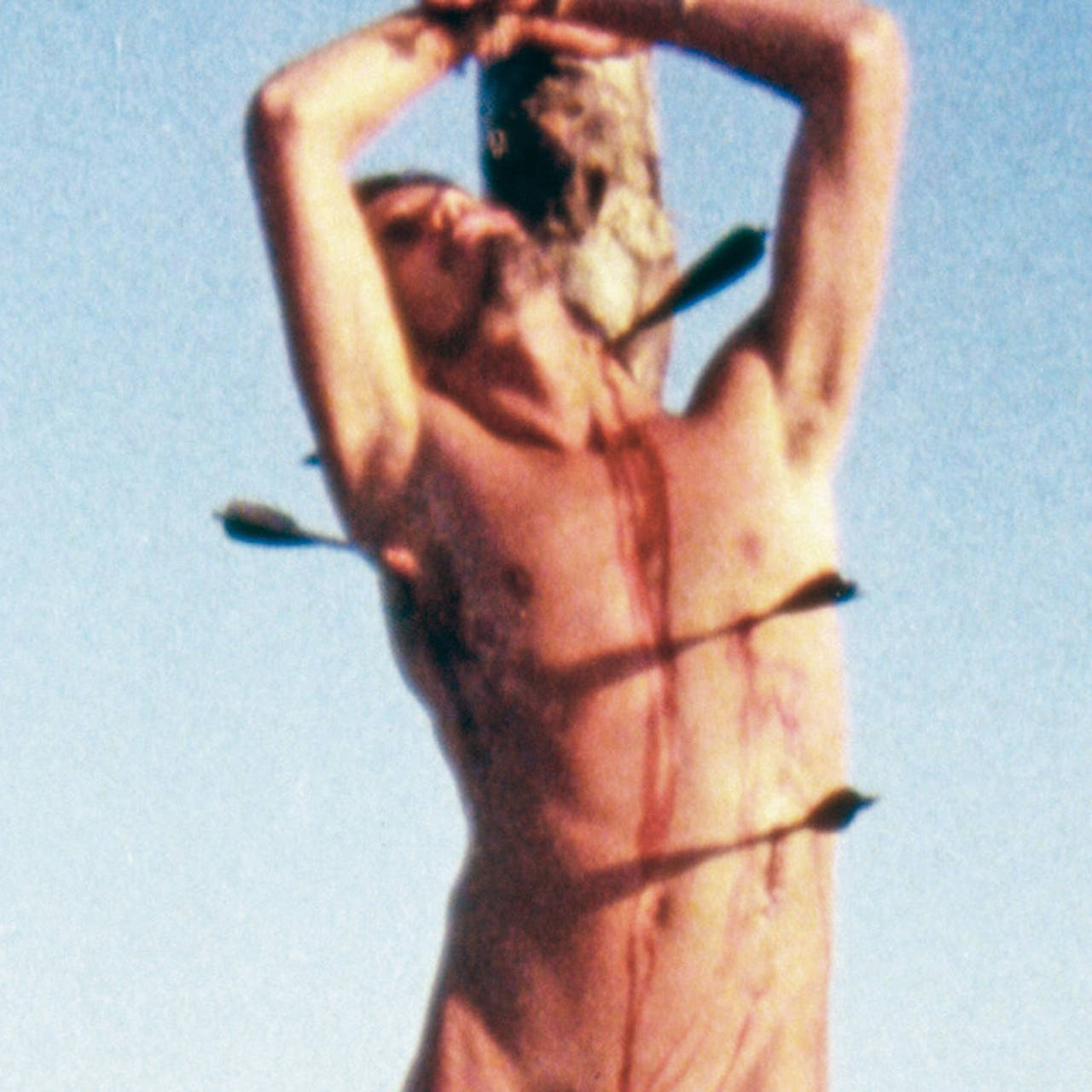
Queercoding in Art and Film: The Portrayal of St. Sebastian
While the sexualised portrayal of Saint Sebastian in Derek Jarman's feature film debut "Sebastiane" initially sparked social controversy in 1976,...
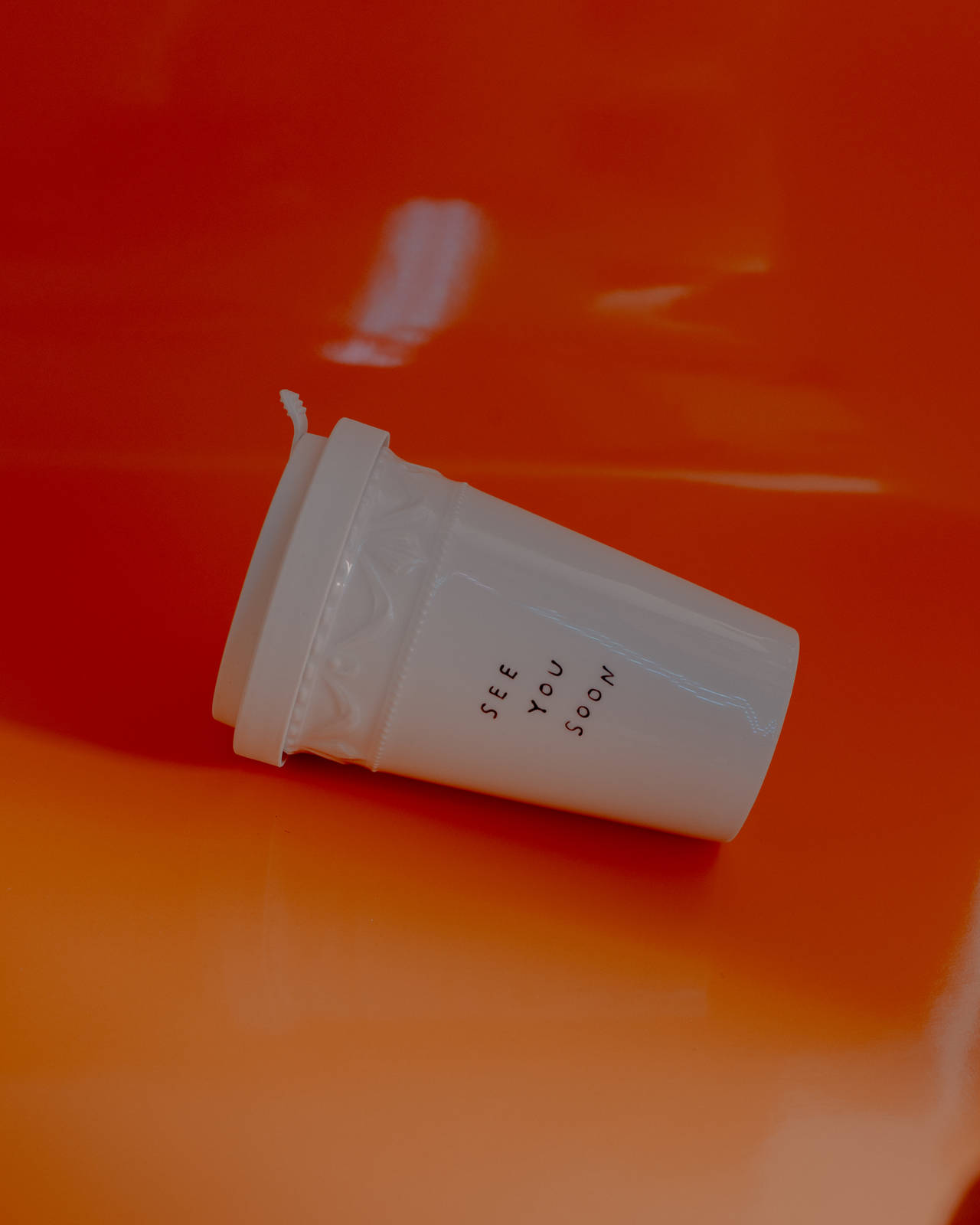
Clubs in crisis: What is the future for club culture?
Great things happen in crises, so they say. But maybe something is getting irretrievably lost. Clubs are not only places to celebrate, but also...
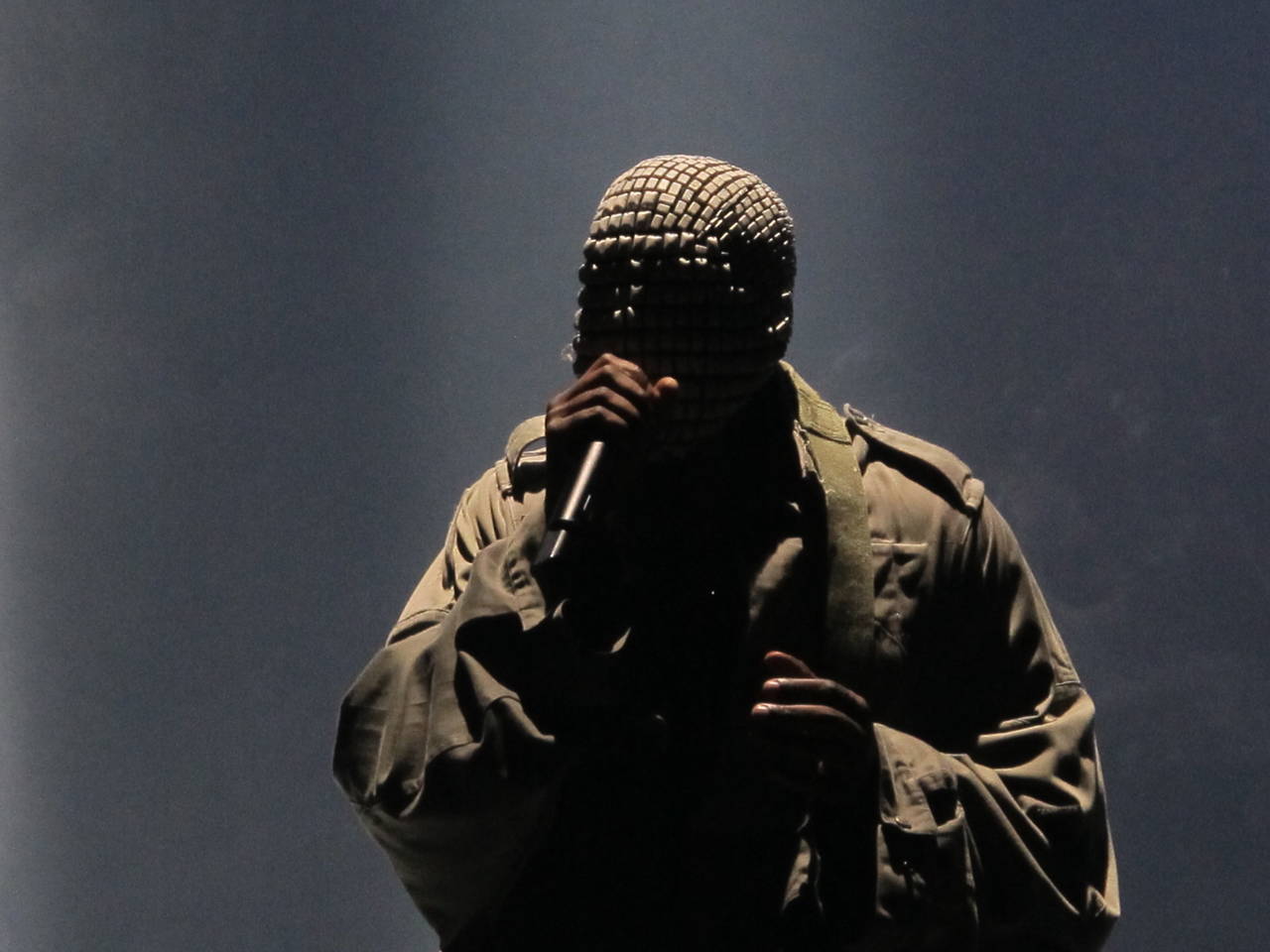
The New Normal: A Cultural History of Masks
Masked faces in public have become the new normal these days. A glance at art history and pop culture shows how masks reveal more than you might...
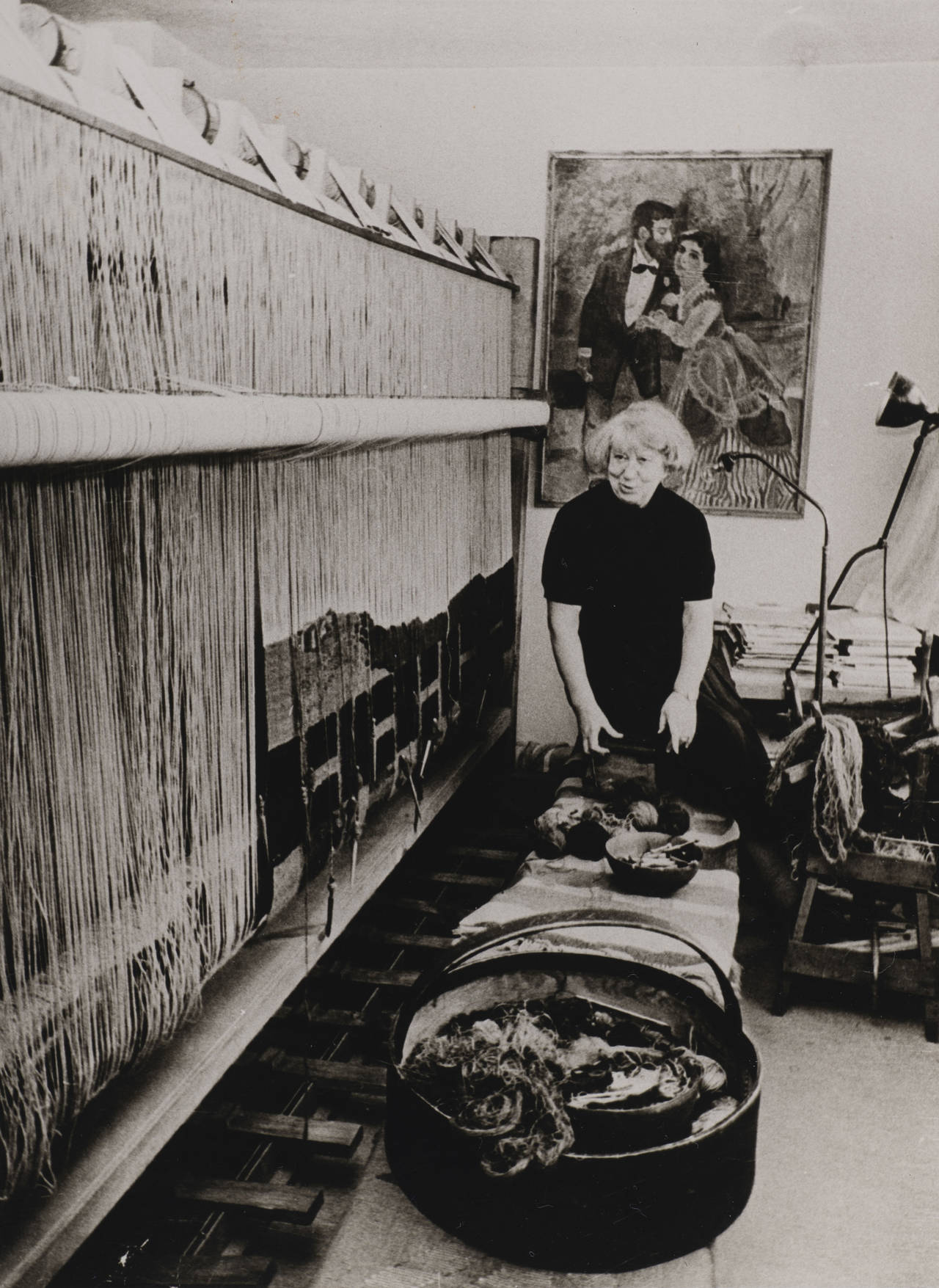
“People who weave view the world differently”
Like the virtual world, weaving resembles a binary system, says Prof. Birgit Schneider. A conversation about textiles as precursors of digital codes...
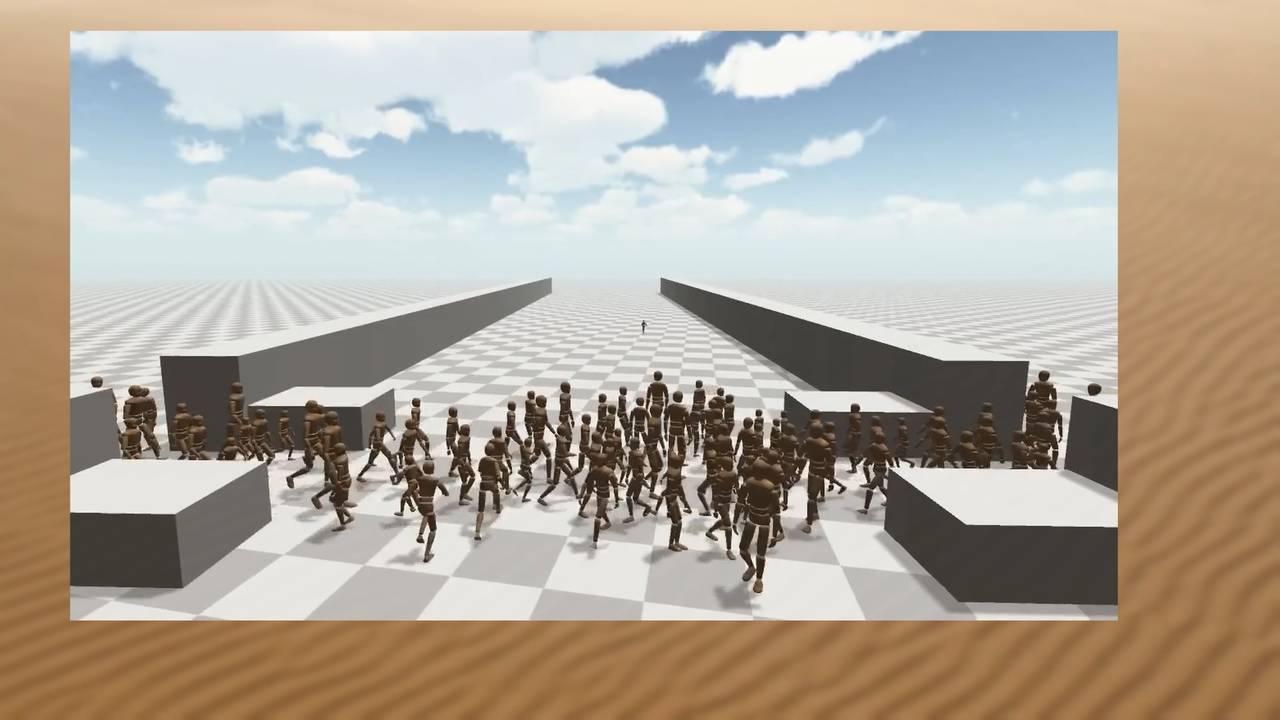
When the crowd determines the individual
Crowd movements can easily be simulated by algorithms. How this influences our real life, is shown in the film “Transformation Scenario” at the coming...
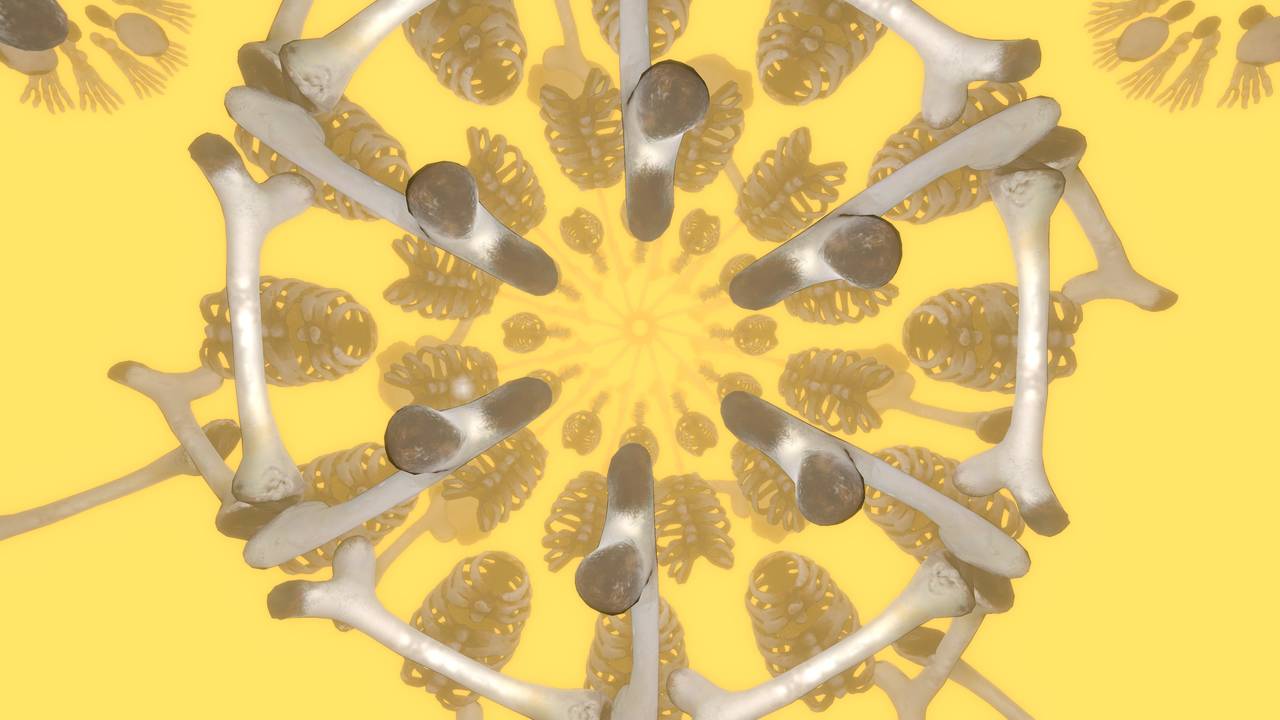
How Virtual Reality conquers the art world
Ever danced with a wolf? Artist duo Djurberg & Berg make it possible with their first virtual reality work. They are part of a young generation of...
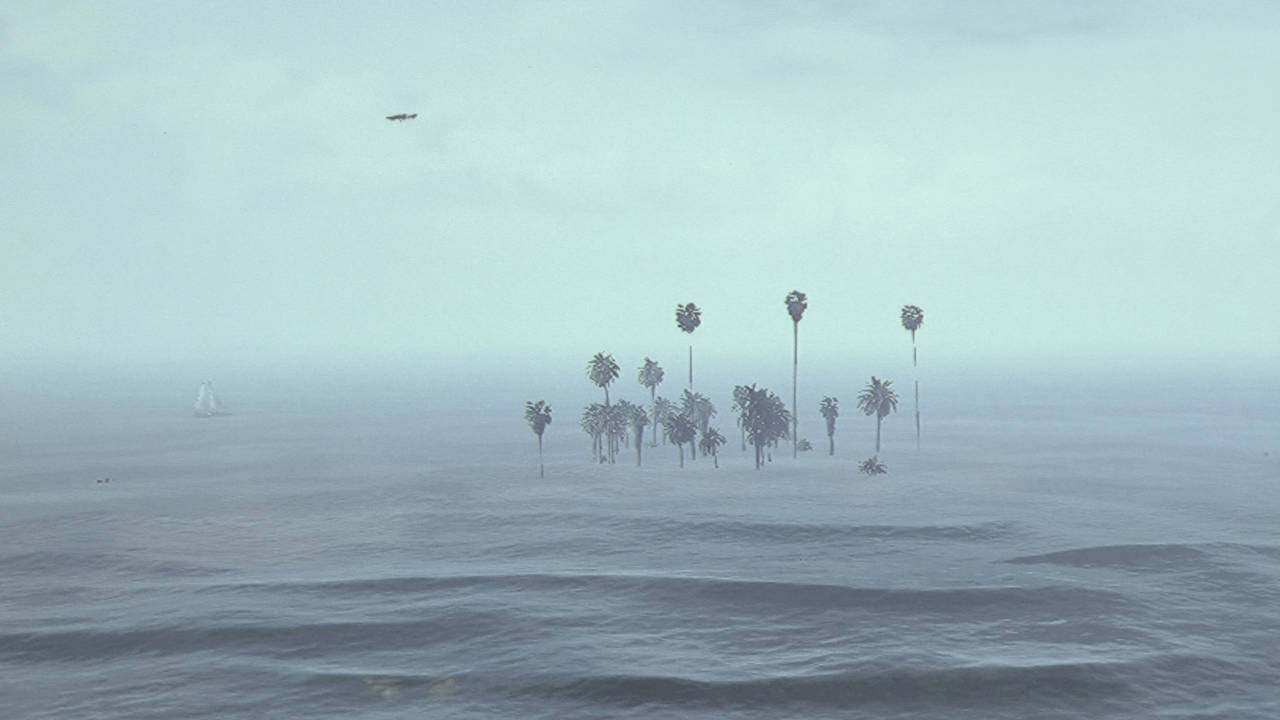
When computer games become reality
A tropical landscape turns out to be the distorted world of a human avatar. In Aleksandar Radan’s film “This water gives back no images” nothing is...
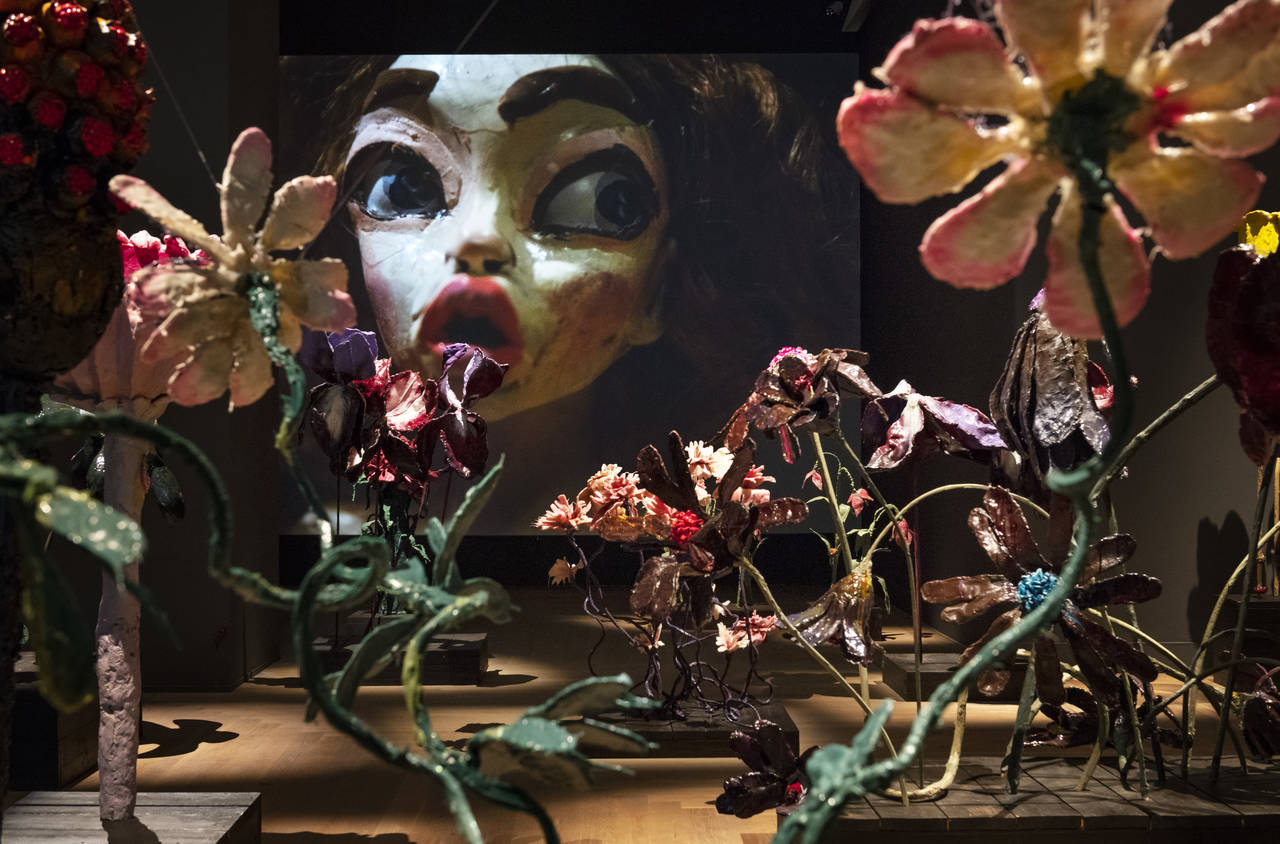
Nathalie Djurberg & Hans Berg
The encounter with the films of Nathalie Djurberg and Hans Berg has something of a seduction — they immediately attract the viewer into colorful...
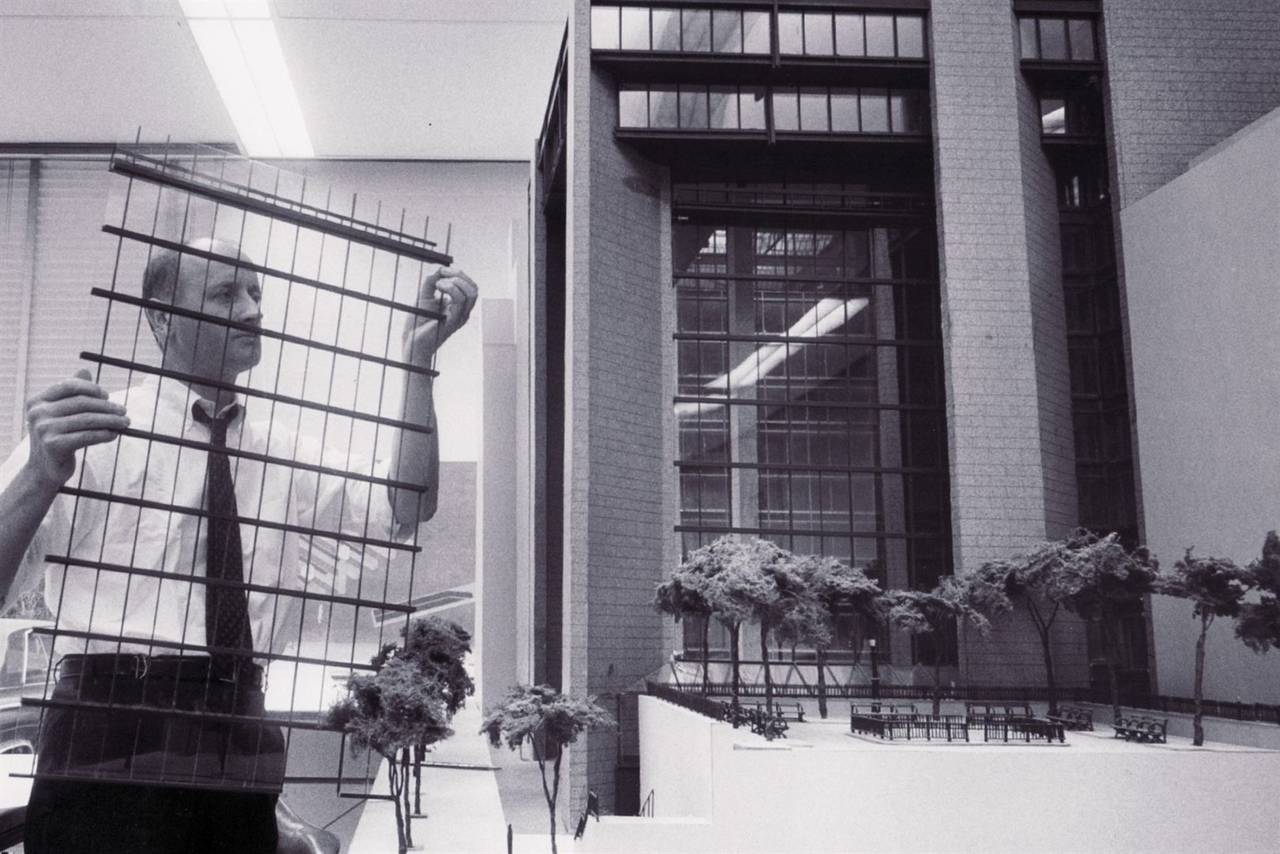
The quiet architect
Mark Noonan’s documentary film presents a portrait of the renowned architect Kevin Roche. His oeuvre includes some impressive museum buildings.